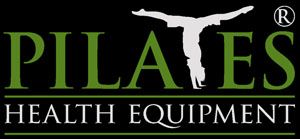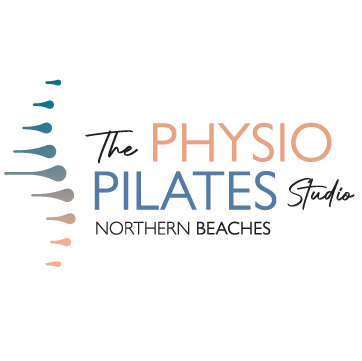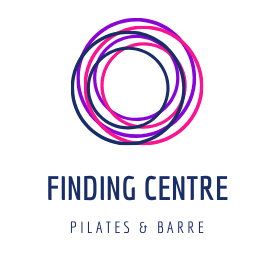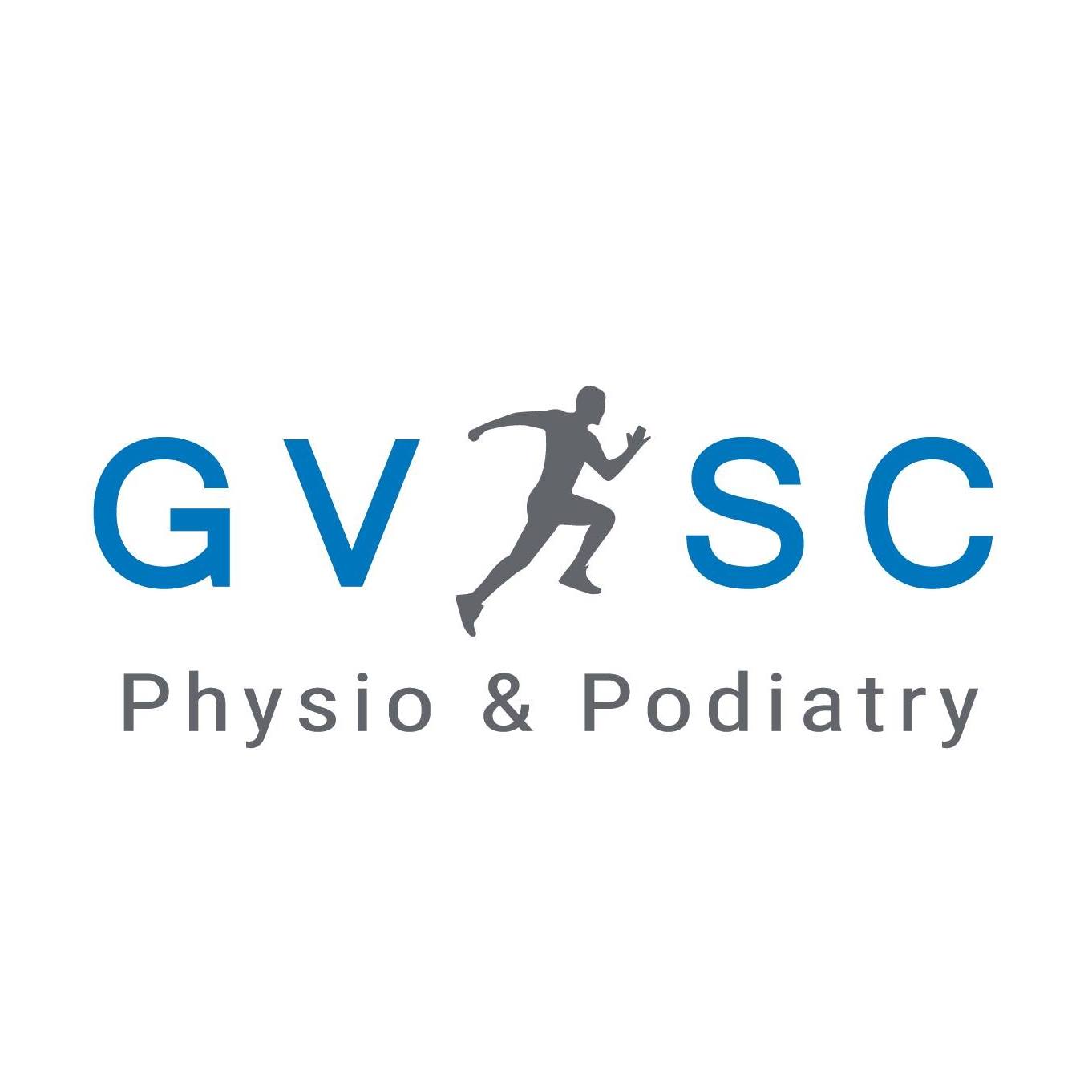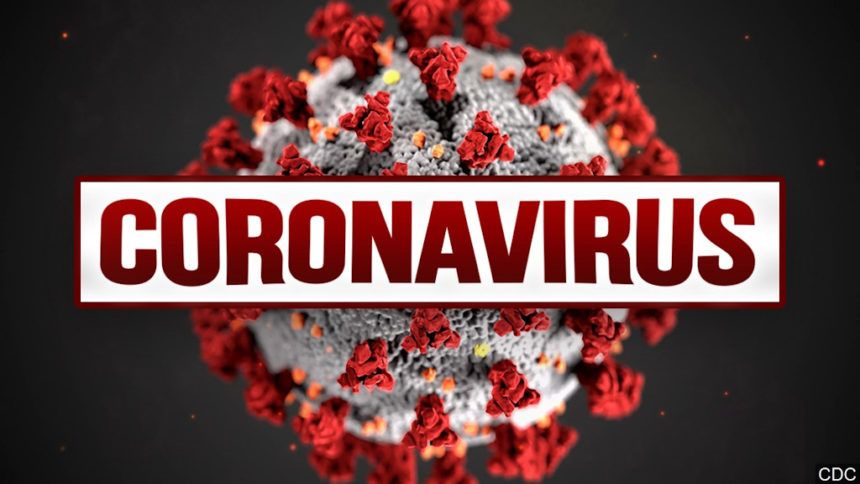PILATES HEALTH EQUIPMENT | Dealing with COVID-19 In Your Studio
DEALING WITH COVID-19 IN YOUR STUDIO
 COVID-19 presents many challenges in the workplace, and with restrictions starting to ease across Australia, some studios are now starting to look toward reopening their businesses. With this in mind, we have prepared a document to assist those who may be looking for suggestions and cleaning advice for their Pilates equipment. We hope that the information provided (prepared with reference to Safe Work Australia guidelines) will assist you towards the cleaning of your Pilates equipment with regard to COVID-19. For now, we wish you all the very best, and hope that you can get your business up and running as soon as possible.
COVID-19 presents many challenges in the workplace, and with restrictions starting to ease across Australia, some studios are now starting to look toward reopening their businesses. With this in mind, we have prepared a document to assist those who may be looking for suggestions and cleaning advice for their Pilates equipment. We hope that the information provided (prepared with reference to Safe Work Australia guidelines) will assist you towards the cleaning of your Pilates equipment with regard to COVID-19. For now, we wish you all the very best, and hope that you can get your business up and running as soon as possible.
Pilates Health Equipment is not a medical specialist.
Any advice below is provided in reference to Australian Government material.
Please bear in mind that certain fabrics and materials could be damaged by these recommended cleaning processes to remove the COVID-19 virus. Bleach and other alcohol-based chemicals are frequently referred to for disinfecting cleaned surfaces. The artificial leather, the material handles, and other straps and soft surfaces within our system may be damaged when exposed to these harsh chemicals.
Safe Work Australia outlines the following:
“Cleaning and disinfection
Cleaning and disinfecting are two different processes: Cleaning means physically removing germs, dirt and organic matter from surfaces. Disinfecting means using chemicals to kill germs on surfaces. It’s important to clean before disinfecting because organic matter and dirt can reduce the ability of disinfectants to kill germs.
A combination of cleaning and disinfection will be most effective in removing the COVID-19 virus. Cleaning reduces the soil load on the surface, allowing the disinfectant to work and kill the COVID-19 virus. Disinfectant may not kill the virus if the surface has not been cleaned with a detergent first.
Routine cleaning
Workplaces should clean surfaces at least daily. Special attention should be given to frequently touched surfaces (e.g. tabletops, door handles, light switches, desks, toilets, taps, TV remotes, kitchen surfaces and cupboard handles). Ideally, once clean, surfaces should also be disinfected regularly. Alternatively, you may be able to do a 2-in-1 clean and disinfection by using a combined detergent and disinfectant.
Surfaces and fittings should be cleaned more frequently when: visibly soiled, used repeatedly by a number of people (e.g. trolleys, checkouts, EFTPOS machines), and after any spillage.
For routine cleaning, disinfectants are usually only necessary if a surface has been contaminated with potentially infectious material. For this reason, when and how often a workplace should undertake disinfection as part of routine cleaning will depend on the likelihood of contaminated material being present at the workplace. For example, in a busy retail environment with many customers and others entering a workplace each day, more frequent disinfection is recommended to prevent the spread of COVID-19. By contrast, for a small work crew operating the same item of plant each day with little interaction with other people, routine disinfection in addition to daily cleaning may not be reasonably practicable.
How do I clean?
Use the following steps to clean an environment:
• Wear gloves when cleaning. Gloves should be discarded after each clean. If it is necessary to use reusable gloves, gloves should only be used for COVID-19 related cleaning and should not be used for other purposes or shared between workers. Wash reusable gloves with detergent and water after use and leave to dry. Clean hands immediately after removing gloves using soap and water or hand sanitiser.
• Thoroughly clean surfaces using detergent and water. Always clean from the cleanest surfaces to the dirtiest surfaces. This stops the transfer of germs to cleaner surfaces and allows you to physically remove and dispose of the largest possible amount of germs.
• If you need to use a disinfectant, clean the surface first using detergent then apply a disinfectant or use a combined detergent and disinfectant. A disinfectant will not kill germs if the surface has not been cleaned first. Apply disinfectant to surfaces using disposable paper towel or a disposable cloth. If non-disposable cloths are used, ensure they are laundered and dried before reusing.
• Allow the disinfectant to remain on the surface for the period of time required to kill the virus (contact time) as specified by the manufacturer. If no time is specified, leave for 10 minutes.
What should I use for routine cleaning?
Hard surfaces
In most circumstances, cleaning with detergent and water is sufficient.
Soft or porous surfaces
For soft or porous surfaces like fabric or leather, seek advice from the manufacturer of the item to be cleaned about which products can be safely used.
Detergent can generally be used to clean fabric surfaces. If more thorough cleaning is needed, fabric surfaces may be steam cleaned. Leather will have special cleaning requirements.
If soft or porous surfaces require regular cleaning, such as seats in offices, or in vehicles, it may be more effective to use a removable washable cover or a disposable cover and replace these as regularly as you would clean the surfaces.
What should I use to disinfect?
Hard surfaces
Disinfectants containing ≥ 70% alcohol, quaternary ammonium compounds, chlorine bleach or oxygen bleach are suitable for use on hard surfaces (that is, surfaces where any spilt liquid pools, and does not soak in). These will be labelled as ‘disinfectant’ on the packaging.
Soft or porous surfaces
Disinfectant is not suitable on fabric surfaces as it only works with extended contact time with the surface.”
PILATES HEALTH EQUIPMENT'S SUGGESTIONS AND RECOMMENDATIONS
In following on from the Safe Work Australia advice provided above, there will be some complexities in cleaning certain parts of your equipment, especially in the time allowed between classes. Bearing the above in mind, we can make the following suggestions:
• For soft or porous surfaces, like that of the upholstery on your Pilates equipment, Pilates Health Equipment DOES NOT recommend the use of bleach, hydrogen peroxide, or ammonia-based products. Even though these products kill the virus, these products can damage, and possibly discolour, the upholstery of your Pilates equipment.
• To clean the upholstered surfaces, Pilates Health Equipment recommends that after each use that you clean upholstery using a very warm, mild soapy water solution, placed in an atomiser for easy application [warm to hot water, mixed with a dose of 5-10 drops of dishwashing liquid, one that is preferably PH balanced. Do not use lemon or alkaline based solutions]. Apply a number of pumps from the atomiser onto the surface, clean down the surface with a disposable cloth, and then dry the surface by using another disposable cloth. Importantly, if non-disposable cloths are used, ensure they are laundered and dried appropriately before reusing.
Please note: The cleaning solution needs to be freshly made. If this solution is not made fresh, over time, and particularly if the bottle is left in the sun, mould can develop within the solution.
• IN REGARD TO DISINFECTANT WIPES - PILATES HEALTH EQUIPMENT RECOMMENDS A MAXIMUM OF ONE APPLICATION PER DAY TO SOFT SURFACES, AS THESE CAN HAVE AN ACCUMULATED EFFECT ON THE UPHOLSTERY, LEAVING A DEVELOPING ODOUR AND A FILM THAT MAY BE DIFFICULT TO LATER REMOVE. APPLYING SUCH A PRODUCT UPON THE SURFACE CAN AFFECT THE ELASTICITY OF THE LEATHER AND DAMAGE THE CUSHIONING UNDERNEATH. After using any disinfectant wipe on your soft surfaces, the surface should not be left to self-dry. The film must be removed after application or following a short period to allow the disinfectant to kill any surface bacteria/virus. To do this, use the cleaning solution (as per instructions provided in the previous point), wiping down the soft surface to dry.
Note - As advised by Safe Work Australia under the heading "What should I use to disinfect?", under the sub-heading of "Soft or porous surfaces", the industry body states that "Disinfectant is NOT suitable on fabric surfaces as it only works with extended contact time with the surface.”
• Any items that cannot be easily cleaned, should be removed or stored away; thus, reducing the challenges of cleaning and disinfecting them.
• Replace your studio's fabric handles with Pilates Health Equipment's COVID-19 Easy CLean Double Looped Handles. Our COVID-19 Easy CLean Double Looped Handles have been designed specifically for use with cleaning/disinfecting products. Otherwise, have your clients purchase their own handles and footstraps, allowing them to self-maintain these items; bringing these to their class as needed.
• Disposable bed roll material, like that which is used by the beauty therapy industry, may be suitable to cut to the size of the carriage/laying platform, inclusive of the headrest cushion, to provide a clean and safe surface that is disposable. This may also be suitable for wrapping each footbar cover.
Covid-19 presents many challenges in the workplace, but we hope the information above can help towards you returning to business with COVID-19 present [until such a time a vaccine is found].
All content and information provided has been created and provided for informational purposes only. It is not intended to be a substitute for Government or professional medical advice. Always seek the guidance of your doctor or other qualified health professionals or Government institutions with any questions you may have regarding maintaining a safe workplace.
Best wishes to you and your families,
Pilates Health Equipment
© Copyright 2020 Pilates Health Equipment
